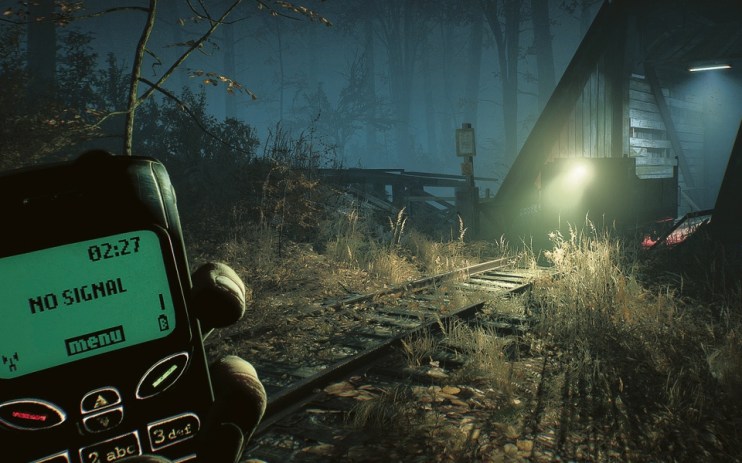Blair Witch game review: Bloober Team over-stretches with this ambitious but flawed tale

There are moments in Blair Witch that live up to the promise of the source material, recreating the sense of suffocating panic that comes from being lost and alone.
It’s an area in which Polish games developer Bloober Team has form: in psychological horror Layers of Fear, doors would flicker out of existence when you turned your back, or creepy dolls would rearrange themselves just out of view. In cyberpunk dystopia Observer, your character’s decaying cybernetic implants caused reality itself to twist and glitch, meaning you could never trust what was in front of you.
The same conceit is applied to Maryland’s rolling Black Hills, the dense woodland endlessly repeating as your wander its impossible geography, somehow always ending back at the same desolate campsite. Occasionally the scene will be subtly altered – older, perhaps, or strewn with more detritus – but it’s always the same damn tent, no matter how far you run.
But rather than simply lean into the primal fear at the heart of the Blair Witch mythos, Bloober also attempts to tell a story about one man’s psychological breakdown in the aftermath of war. Exploring the creeping, maddening horror of PTSD is an interesting idea, and one that’s often well executed, but it’s forever competing with the witch as this story’s primary antagonist.
You’re not entirely alone in the woods: also along for the ride is your German Shepherd Bullet. He’s such a faithful companion that he actually mitigates much of the horror – as long as I could hear him scrabbling through the brush, I was never too fearful of the ominous sounds coming from deeper within the forest. You’re also armed with a classic Nokia that bombards you with strange messages, and a reality-bending camcorder that functions as the game’s primary puzzle solving mechanic.
Later there are ill-conceived combat encounters in which you must banish apparitions by shining a torch at them, or sprint past ominous, swirling piles of leaves. Each one makes the world more knowable and less frightening, with any residual fear all but dried up by the time you reach the piece-de-resistance: the dilapidated stone house from the movie. It’s a shame, because this is the highlight of the game, a brilliantly creepy collection of peeling corridors and rotting staircases that loop around and around, the sense of claustrophobia building each time you’re forced to navigate them.
But even here the two competing narratives eventually cancel each other out. Simply put, the witch is less frightening if it’s the manifestation of a soldier’s PTSD, and the soldier’s PTSD is less impactful when it’s attached to a story about the Blair Witch. There are two good games in here somewhere. Unfortunately this isn’t either of them.
